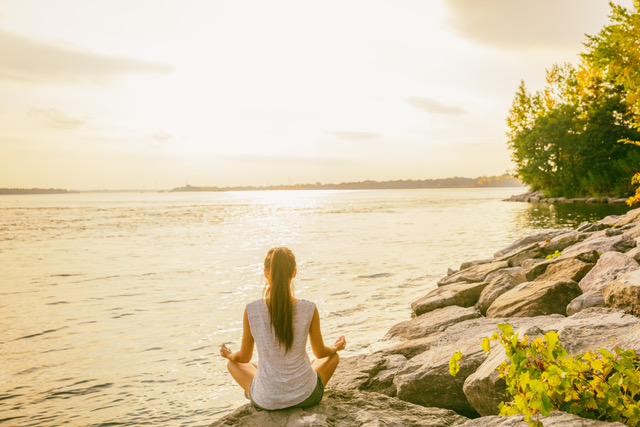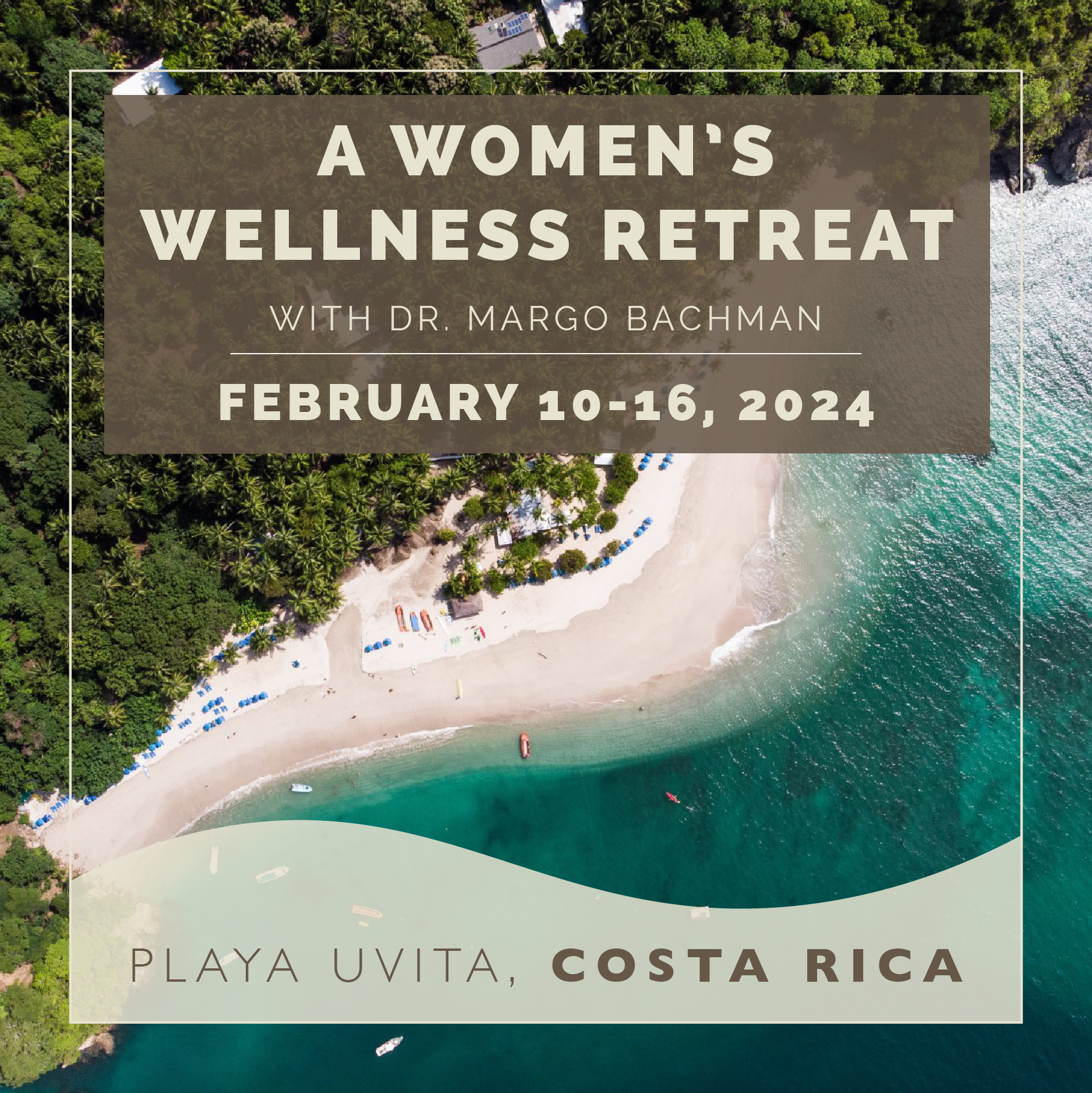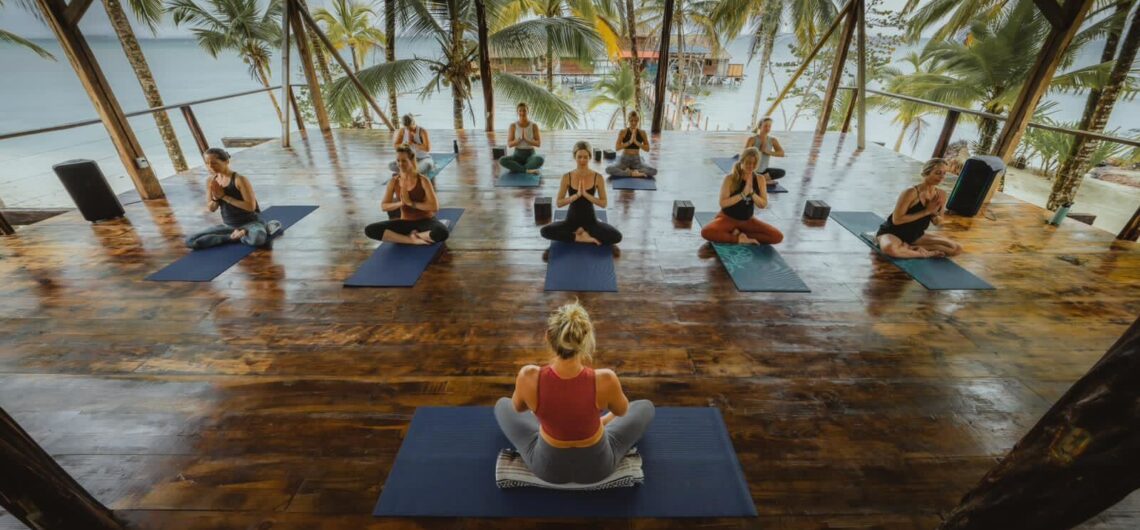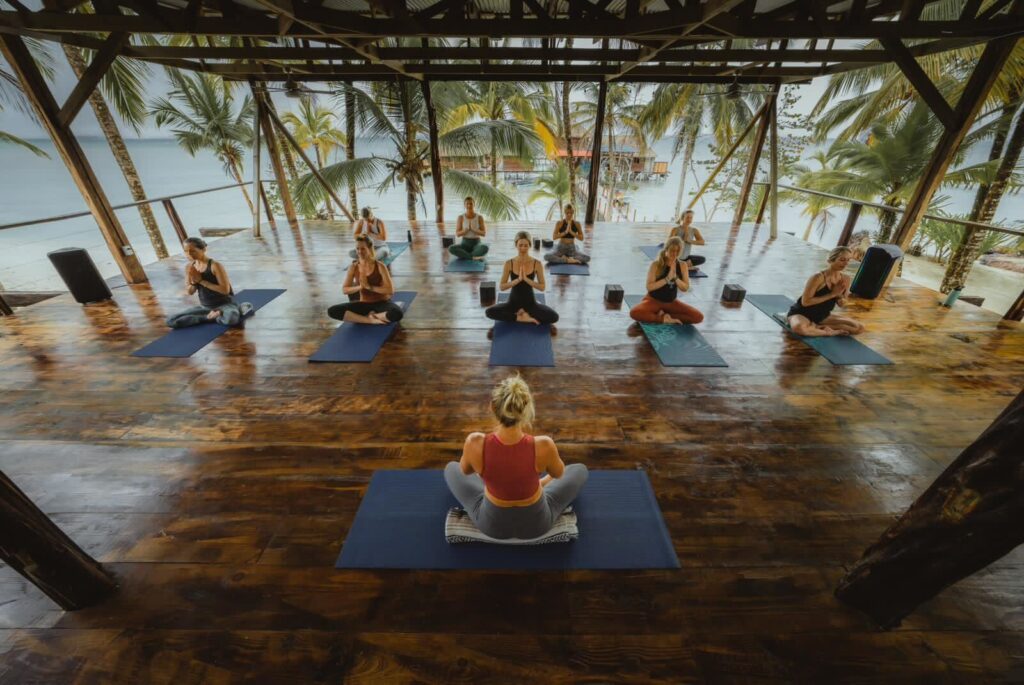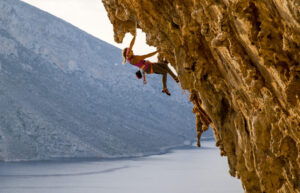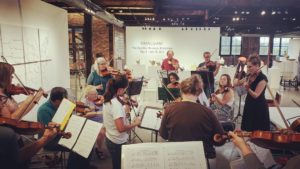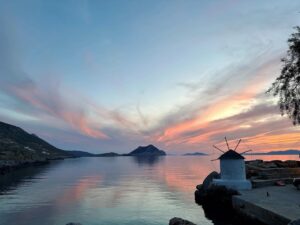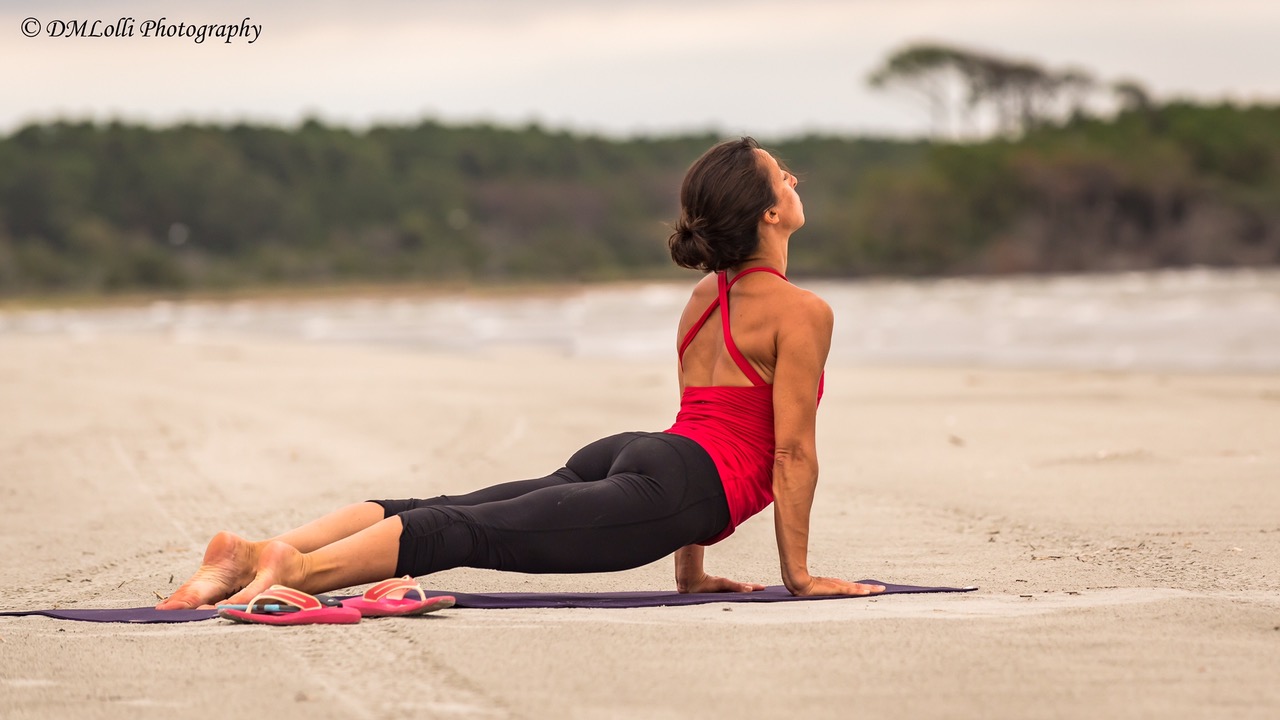 Recently, I spent a retreat weekend in the woods alongside a community of yoga teacher trainees. And though a retreat weekend should embody a framework of rest, I entered it a bit frenzied. As I planned for the weekend in the woods, I realized, truth be told, there wasn’t much rest at all.
Recently, I spent a retreat weekend in the woods alongside a community of yoga teacher trainees. And though a retreat weekend should embody a framework of rest, I entered it a bit frenzied. As I planned for the weekend in the woods, I realized, truth be told, there wasn’t much rest at all.
Then suddenly, in the last couple days prior to the weekend, plans started to feel like they were unraveling. A variety of life’s unexpected happenings suddenly erupted for several students. Several in the group wouldn’t be able to attend. Then, during the weekend, additional people had to head out early and most who remained were exhausted. Me too. By early Sunday morning I sensed that my plans for the day ahead needed to change. There was no way we were going to be able continue with the level of work I’d intended.
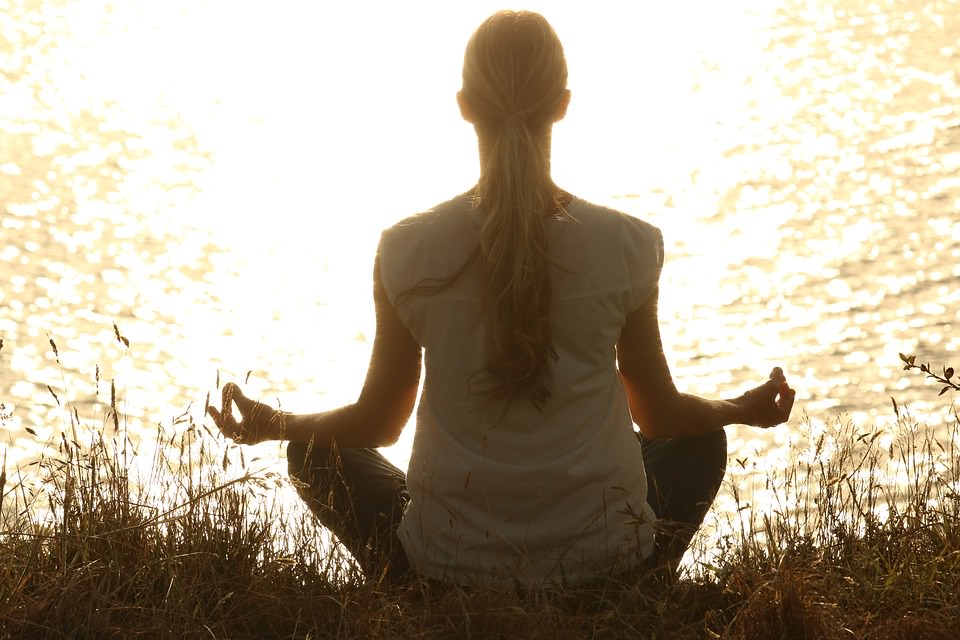 I thought of the ways I’ve resisted rest so often and have been left feeling like a packed closet that hasn’t been cleaned out in a while. There must be times of letting go. So, instead, I took out a little sword of discernment and sliced through much of the schedule, dissecting away all that felt like it could wait so we could work at a slower pace.
I thought of the ways I’ve resisted rest so often and have been left feeling like a packed closet that hasn’t been cleaned out in a while. There must be times of letting go. So, instead, I took out a little sword of discernment and sliced through much of the schedule, dissecting away all that felt like it could wait so we could work at a slower pace.
That afternoon, instead of continuing to press forward with new material, we turned our attention to tending the beautiful grounds and house where we’d stayed. We’d been tasked with a service project of raking the grounds around the house and down the path to a labyrinth used for walking meditation. I took on raking the path and the labyrinth itself. And as I did, I felt the land start to draw me in and work suddenly became rest.
It can be hard to let go of plans, to remember that pausing, setting down agendas for the flow of life as it is, to stand still and ask for wisdom about which direction to go rather than rushing forward with deeply engrained behaviors. At least for me it can be hard. Maybe you too.
Yet, this day I stood, I asked, and this is what I received: first, I found myself standing in the center of old trees on an ancient mountain, under a sky blue and bright with sunshine. As I raked, I thought of the Buddhist wisdom to remember that we must still and always “chop wood and carry water” with the same level of loving attention as any other practice we may be doing. No matter what we may be doing to engage our spirits, to settle our mind, to become more engaged and connected all around, the work is of little importance if we do not return to the world of tasks, of the nitty gritty of life, with the same spirit of loving attention that we’d give to sitting on the mat.
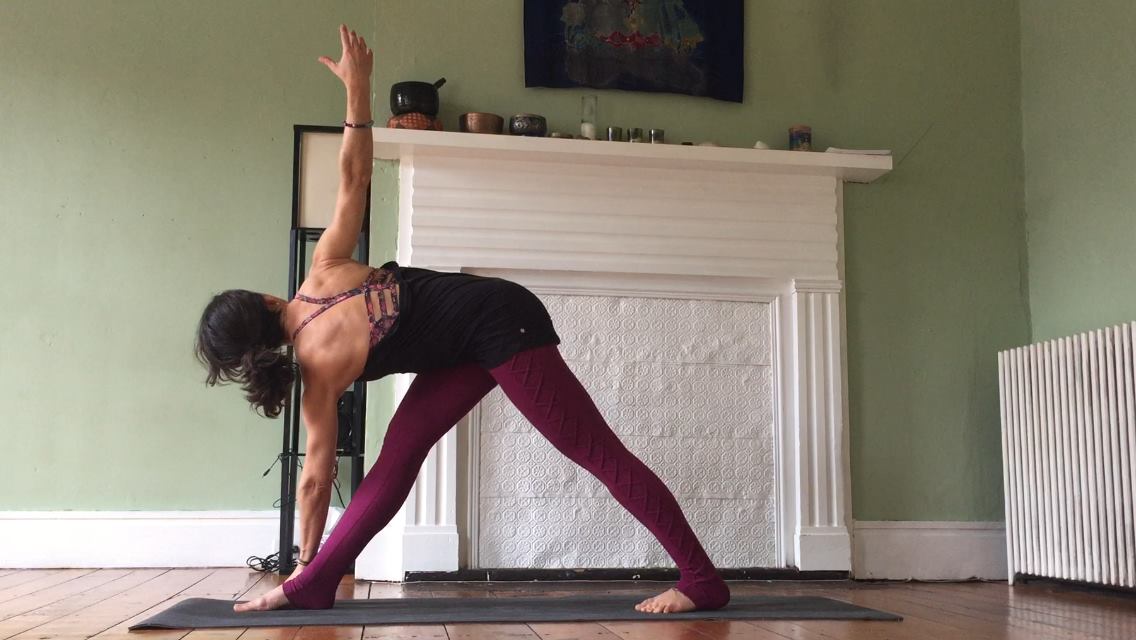 So I relaxed a bit as I raked, softened my shoulders, stopped plowing through the leaves with the rake like they owed me something. Instead, I let my rake move in rhythm with my breath, I paused every few moments to stand, breathe in the smell of the crisp air, turn my face to the sun.
So I relaxed a bit as I raked, softened my shoulders, stopped plowing through the leaves with the rake like they owed me something. Instead, I let my rake move in rhythm with my breath, I paused every few moments to stand, breathe in the smell of the crisp air, turn my face to the sun.
When I finally made it to the labyrinth, I set the rake aside, began the walk to the center. The labyrinth is said to mimic the journey of life, a journey that is circular, so that the way in is also the way out. There are obstacles, roots, switchbacks, stumps, and uneven ground to navigate. I found myself pushing forward quickly at first, walking at my normal pace. As the trail and obstacles continued, I slowed, I considered, I realized I was breathing and walking in rhythm, my mind no longer scattered but deeply present.
In the center, a stone rests like a stool inviting a pause to sit, to witness the journey. And, though I almost missed the invitation, just as I turned to walk back the way I’d come, I recognized where I was standing, and I paused. Here I was, halfway in the labyrinth journey and halfway on my life journey, too, here at the start of the year in which I’ll turn 50. Perhaps this isn’t exactly half the life I’ll live, but somehow it felt in that moment as if it is.
So, I sat. I saw trees and sunlight, landscape that vibrated with some wisdom I couldn’t quite hear but that I wanted to listen for. I recognized that my walk forward from there would be a return over the same footsteps I’d already traveled. An opportunity to return, perhaps, and do them differently this time. I felt myself having slowed, having allowed the rhythm of the day to unfold differently, having changed the pace of my raking to allow it to embody the same wisdom as the rest that I’d received. I felt the way I’d been drawn into the center of this circle. It felt very much like I was sitting right within the center of my heart pausing to take in the cumulative steps of this journey so I might collect myself before going onward and out from here.
A  teacher friend shared another way of seeing this experience is to envision the journey inward from the perspective of release, the space in the middle as the moment to receive, and the journey back out as the opportunity to return.” Release, receive, return.
teacher friend shared another way of seeing this experience is to envision the journey inward from the perspective of release, the space in the middle as the moment to receive, and the journey back out as the opportunity to return.” Release, receive, return.
I’ve thought every day recently of this perspective and wondered over it. What is the release from? What is it that might be received? And to what might I return?
I found myself walking the winter wooded paths around my house this past week wondering and listening for an answer. I imagined the ancient paths my boots tread and felt like I’d created my own kind of labyrinth, not circular, but marked and worn into a predictable inward and outward journey by my own treading.
One particularly quiet morning, after a particularly frustrating night, just after a snowfall, the world seemed to hold me for a moment, still as if in the middle, receiving. I stood and watched the sky balance itself between gray and soft salmon colored light. I paused and felt very sure that this was as much a moment of being in the middle as any other. My life, all life, precious, unfinishable—how could I do anything more than stand and receive.
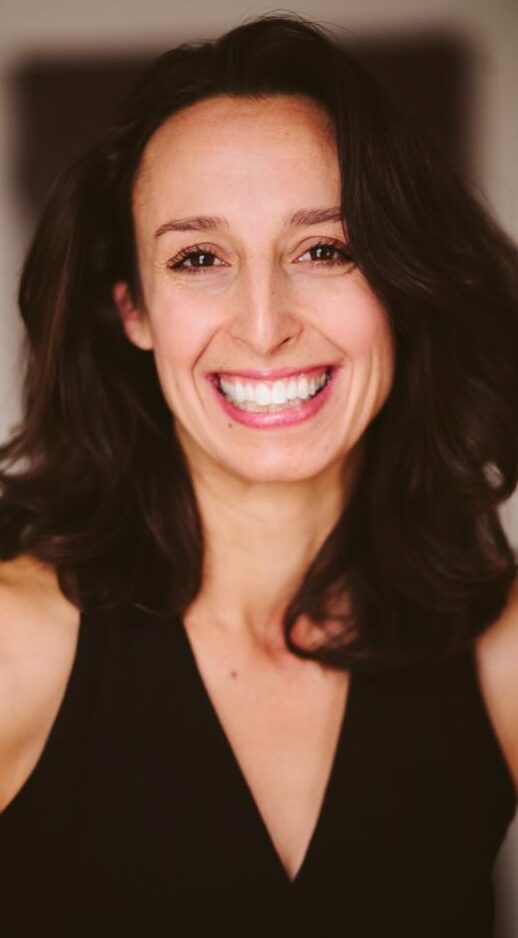 Returning from it, into my life, I walked with something I might call peace. I had walked away from my home and perhaps wouldn’t have named it so, but it was a release. With each step I had let my life behind me, my frustrations and confusions and lack of control, fall away. Pausing for a moment I’d received life back to me again, more beautiful as I listened, waited, looked around with the promise to receive.
Returning from it, into my life, I walked with something I might call peace. I had walked away from my home and perhaps wouldn’t have named it so, but it was a release. With each step I had let my life behind me, my frustrations and confusions and lack of control, fall away. Pausing for a moment I’d received life back to me again, more beautiful as I listened, waited, looked around with the promise to receive.
And so, I walked back, returning more spacious, like some stubborn thing in me had given way, if but for a moment. I could feel the whole moment in my body through my shoulders, my face, my senses. It wouldn’t last. Contentment is like that after all, a tender bird that comes, goes, comes again. And perhaps the next time I walk a labyrinth real or imagined, I will understand the whole journey in an entirely different way. Perspective, too, like a bird—light as a feather and floats with experience.
But this day, that moment, I had walked a good way, and on the other side, I returned to rest for my soul.
 Sit or lie down for a moment, friend, as if you’ve walked from a place of release into the stillness of receptivity. Place your hand on your heart. Feel your breath move inward and outward. Can you soften the muscles of your face as if your eyes and mouth have relaxed into a gentle smile? Imagine peace has come to land right in front of you, like a little bird. Imagine this lovely little bird breathing softly. See if you can remain here with this delicate sense of peace and your breath for just a few moments more. Then return, friend, from here.
Sit or lie down for a moment, friend, as if you’ve walked from a place of release into the stillness of receptivity. Place your hand on your heart. Feel your breath move inward and outward. Can you soften the muscles of your face as if your eyes and mouth have relaxed into a gentle smile? Imagine peace has come to land right in front of you, like a little bird. Imagine this lovely little bird breathing softly. See if you can remain here with this delicate sense of peace and your breath for just a few moments more. Then return, friend, from here.
Christa Mastrangelo Joyce, E-RYT500, a dedicated yoga teacher with a diverse background and a passion for accessibility. In 2009, she founded Jala Yoga and has been offering yoga trainings since 2012. With expertise in Ashtanga, Hatha, Ayurveda, Yin Yoga, and Traditional Chinese Medicine, Christa emphasizes anatomy, breathwork, and meditation in her classes. She brings a modern perspective to ancient traditions, incorporating storytelling and mythology to engage her students. Committed to inclusivity, Christa works to create classes that support adaptability and curiosity for all practitioners. Join Christa on Retreat! Choose from Mexico, Italy or Portugal.

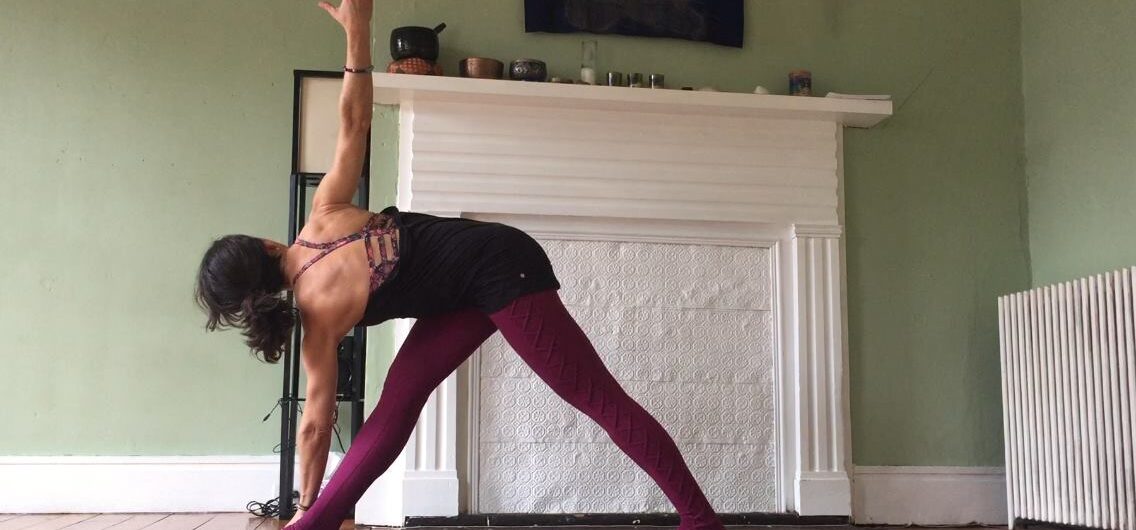
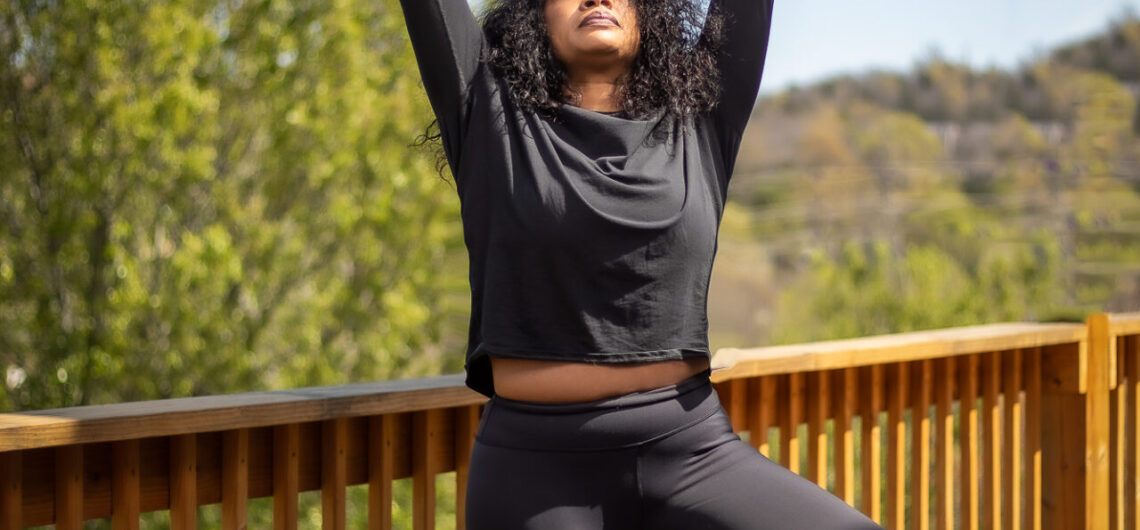
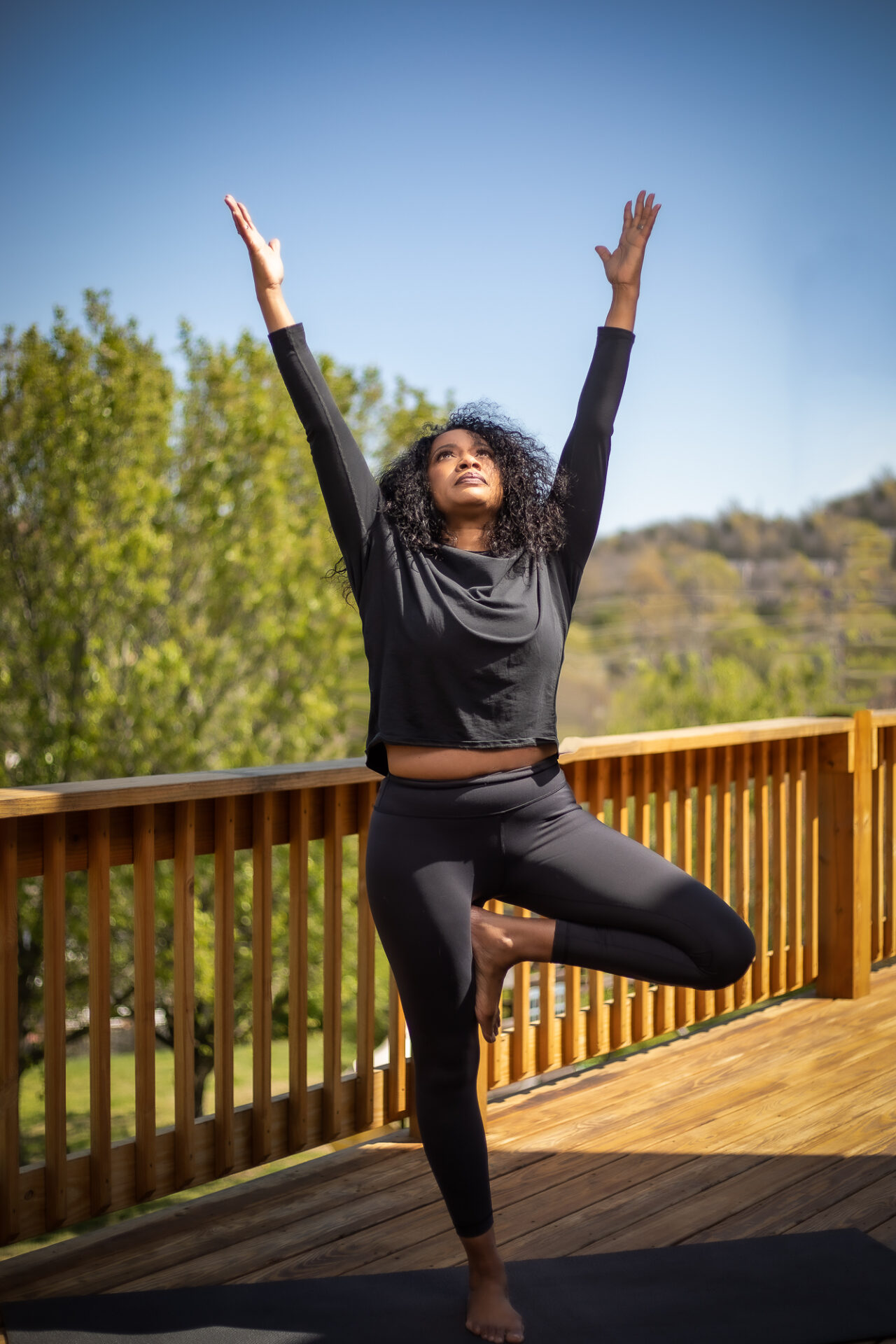
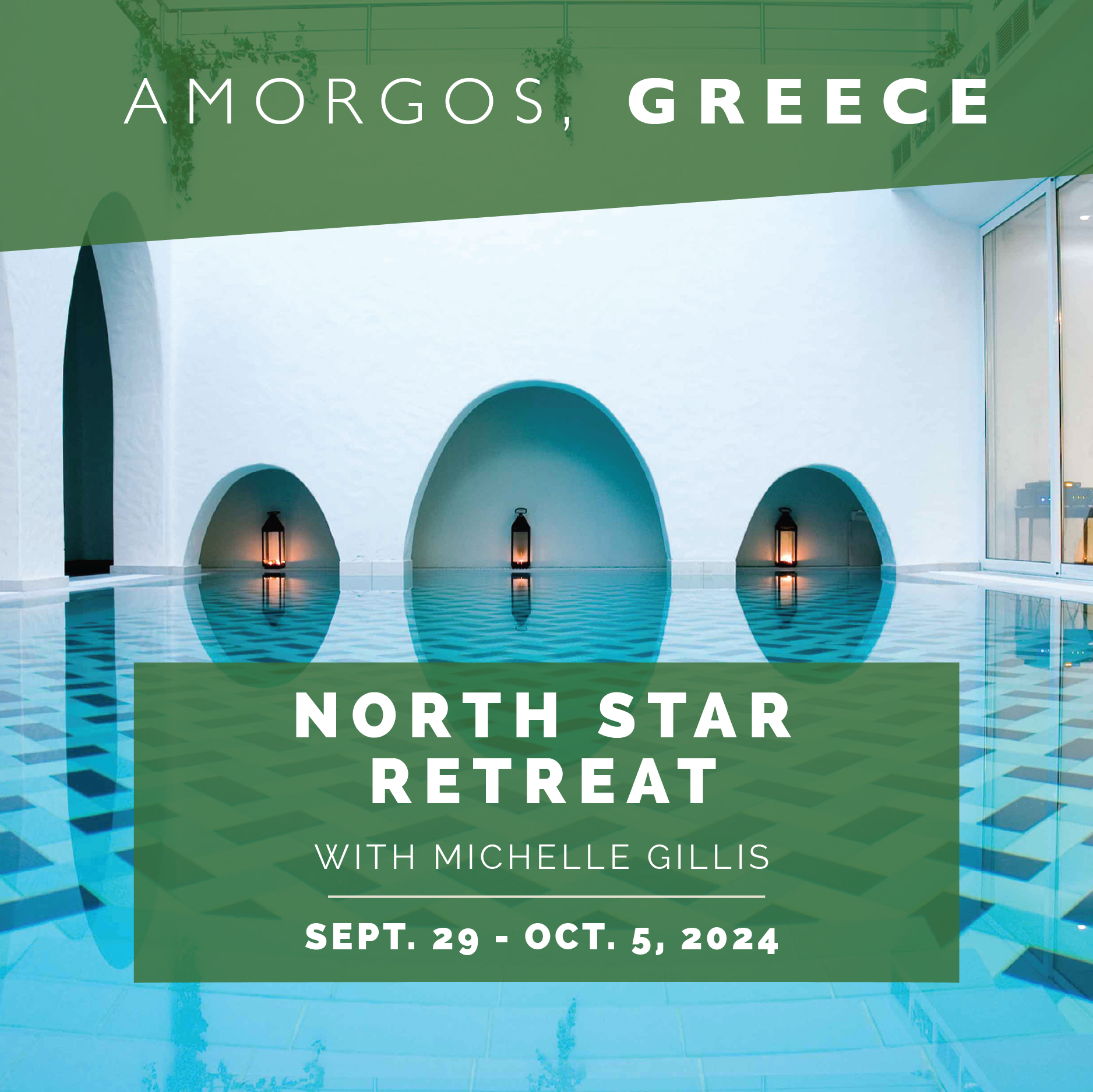
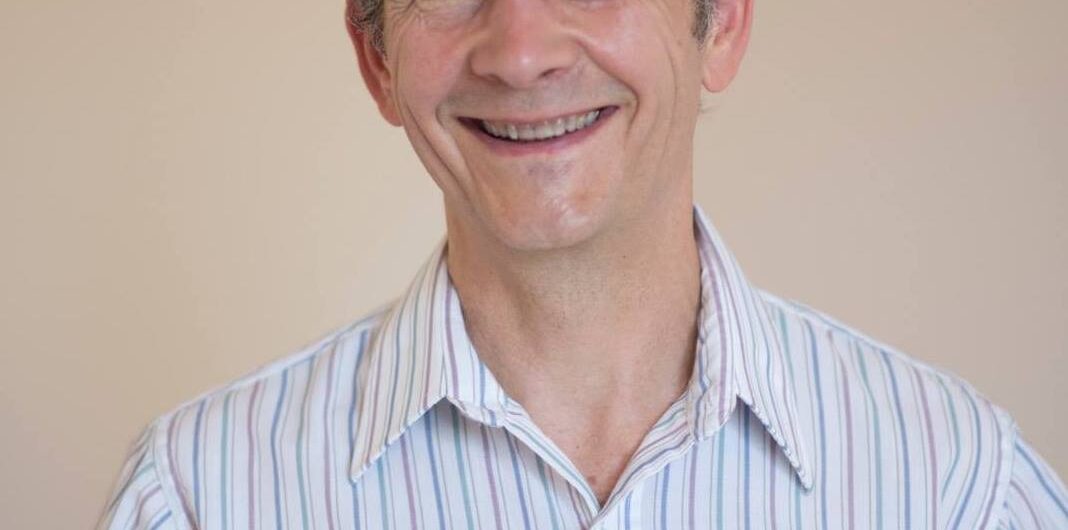
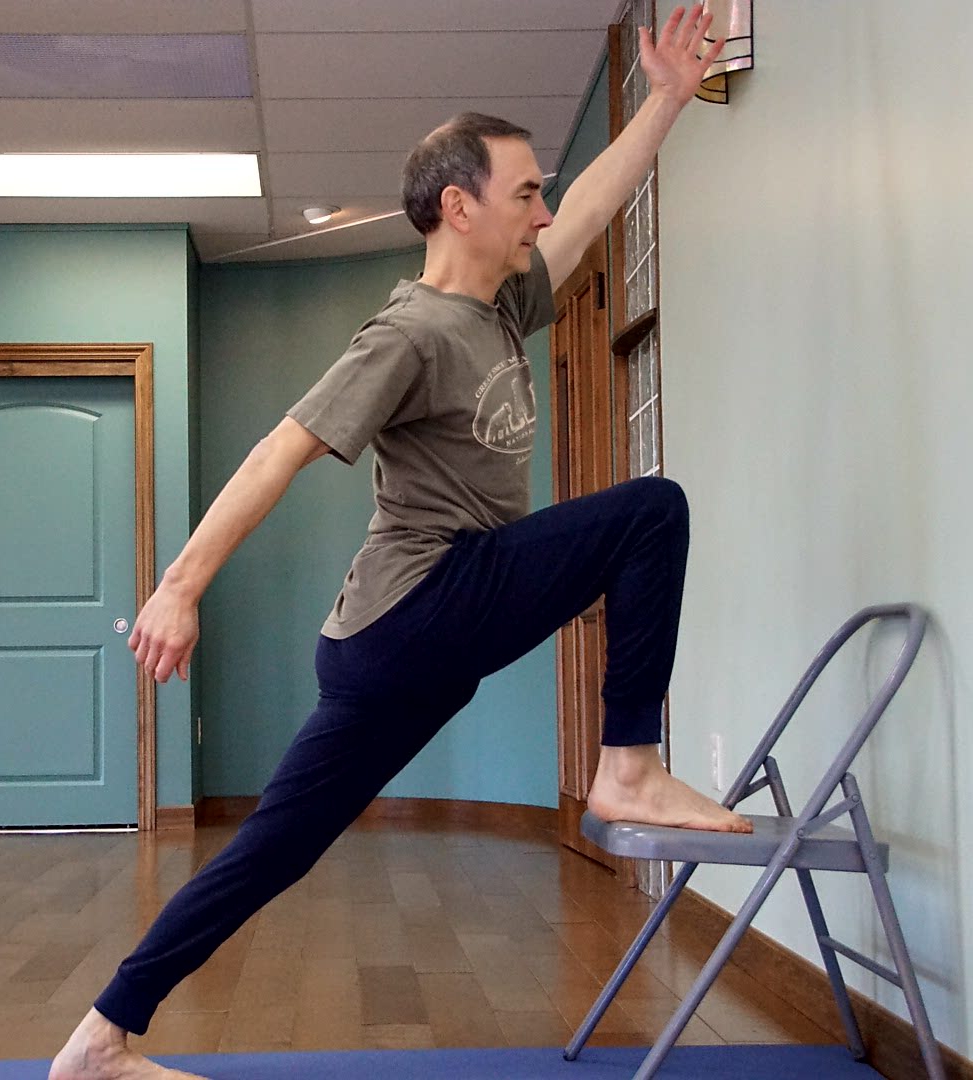 With force and pushing, you lose sensitivity; you sacrifice your body for the sake of the pose, or for more range of motion. When pushing and forcing predominate, it reveals that our good friends Sensitivity and Awareness have been abducted by the old habit of wanting more. The irony is that when we go after more, we miss what we have. We can only do yoga with what we have. In the practice of yoga, the desire for more is usually just a distraction and is in the way. A common Buddhist refrain is that “Desire distorts perception.” All the religions remind us to be grateful and frequently caution us about greed.
With force and pushing, you lose sensitivity; you sacrifice your body for the sake of the pose, or for more range of motion. When pushing and forcing predominate, it reveals that our good friends Sensitivity and Awareness have been abducted by the old habit of wanting more. The irony is that when we go after more, we miss what we have. We can only do yoga with what we have. In the practice of yoga, the desire for more is usually just a distraction and is in the way. A common Buddhist refrain is that “Desire distorts perception.” All the religions remind us to be grateful and frequently caution us about greed.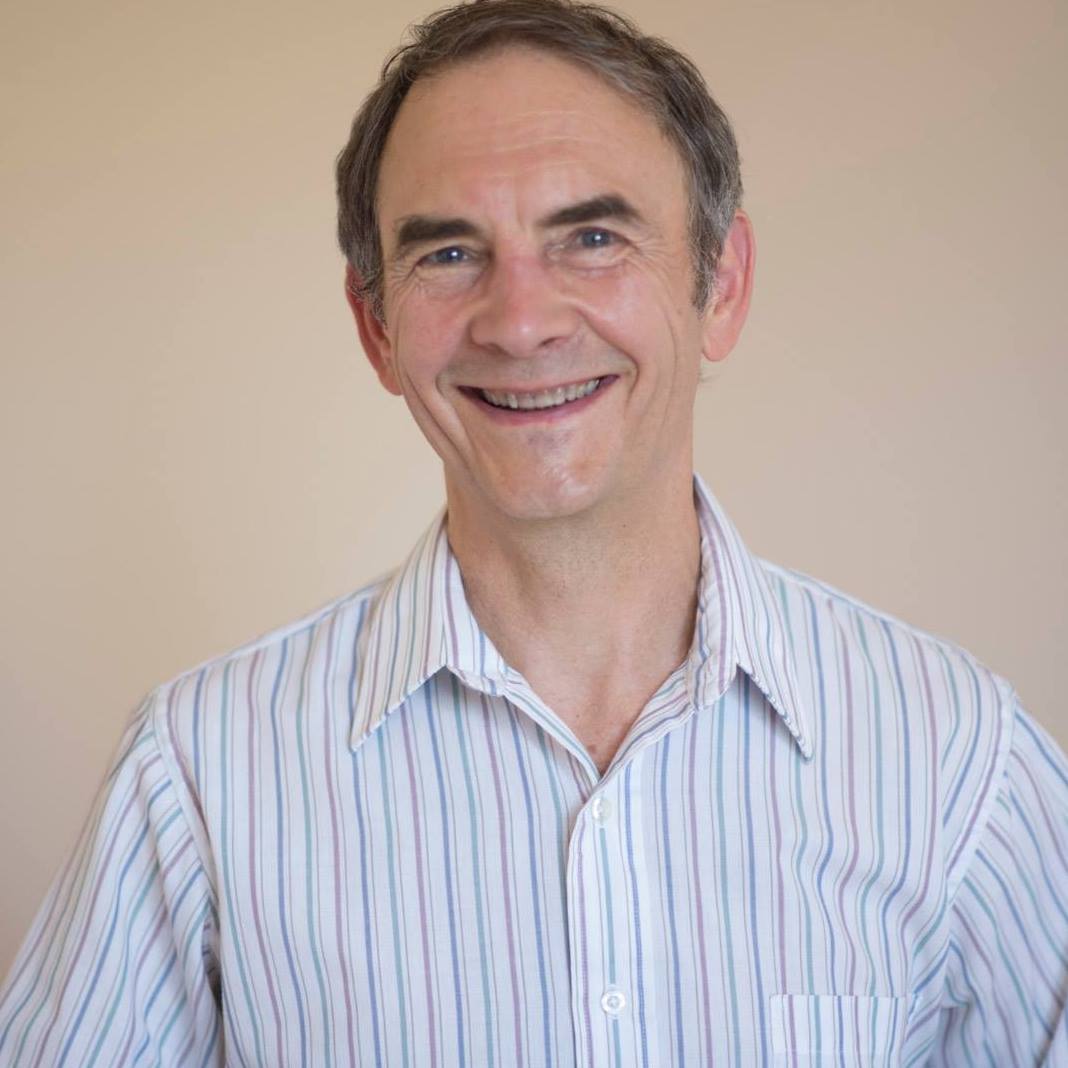
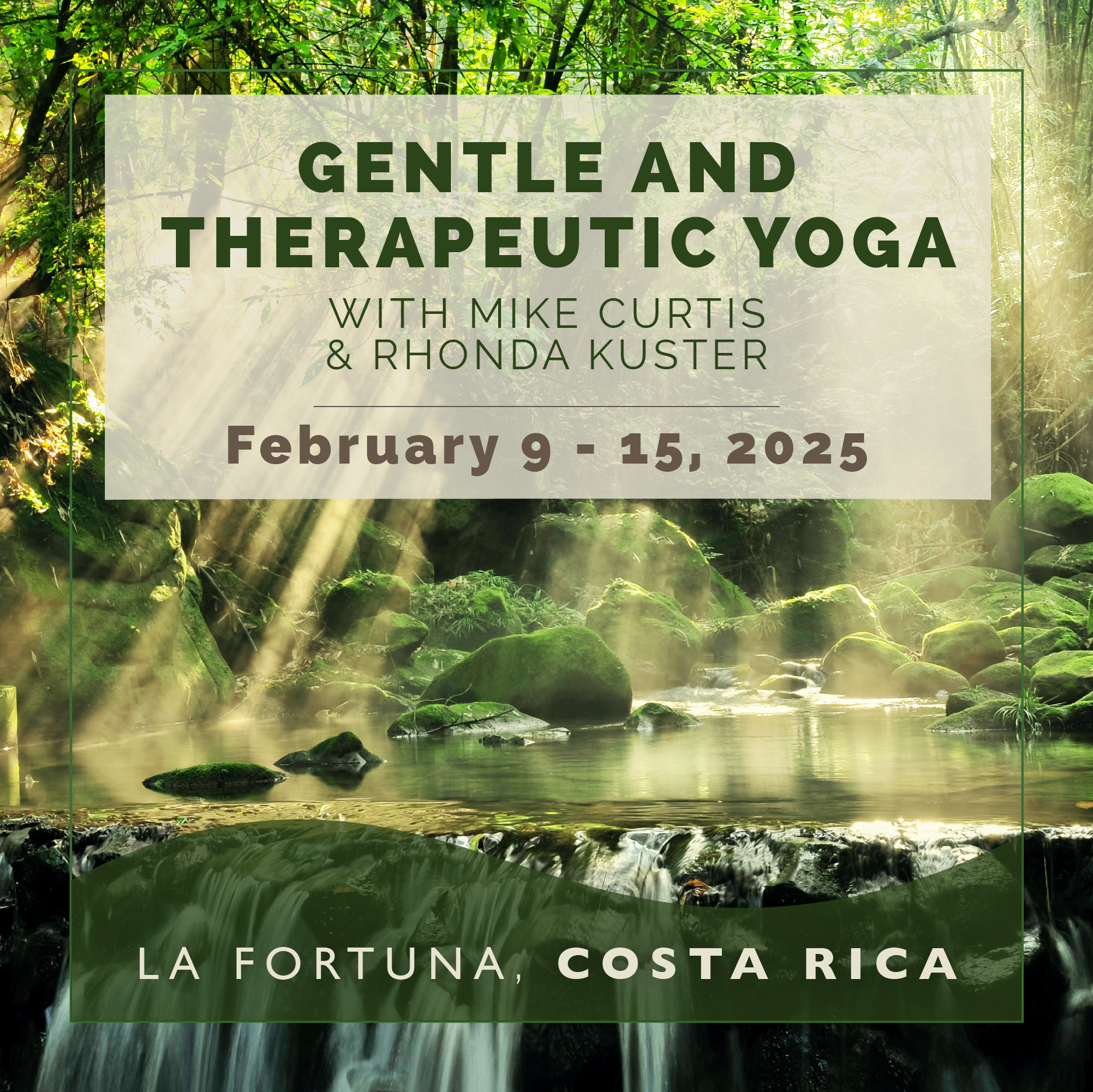
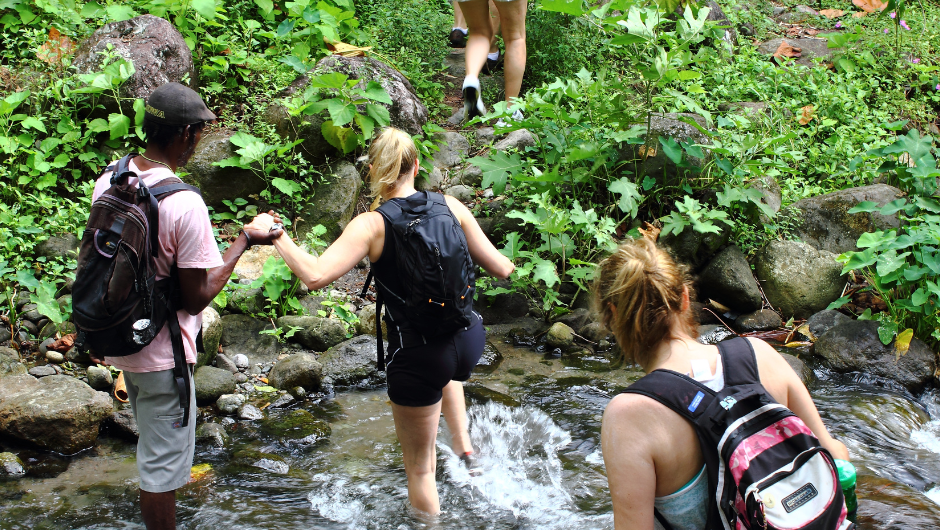
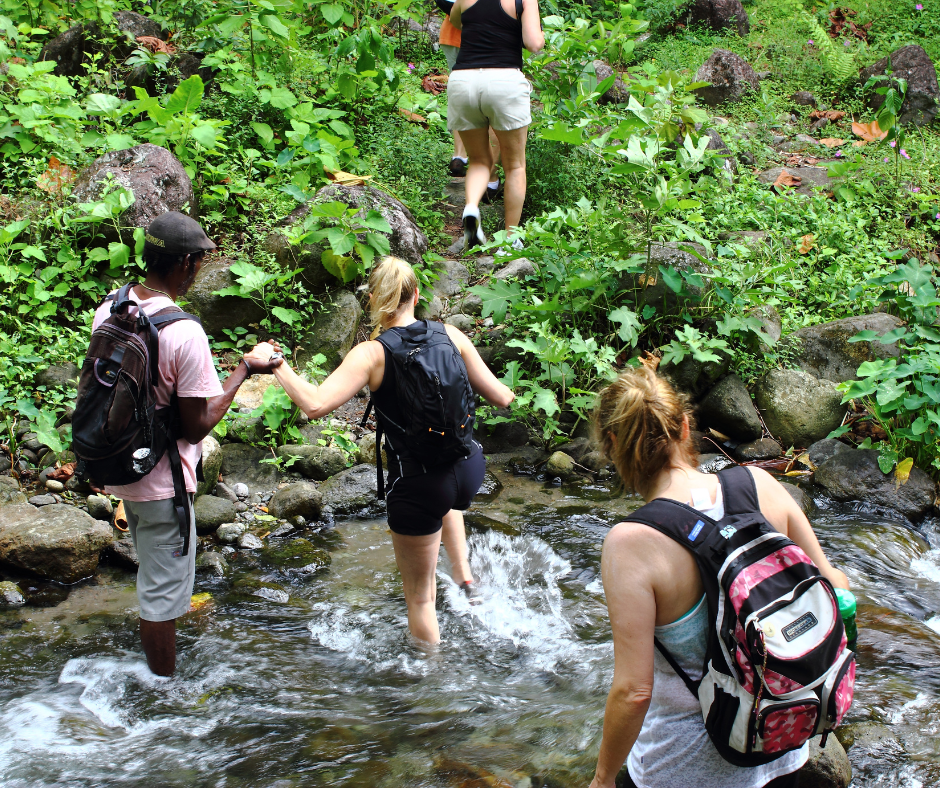 The Healing Power of Nature:
The Healing Power of Nature: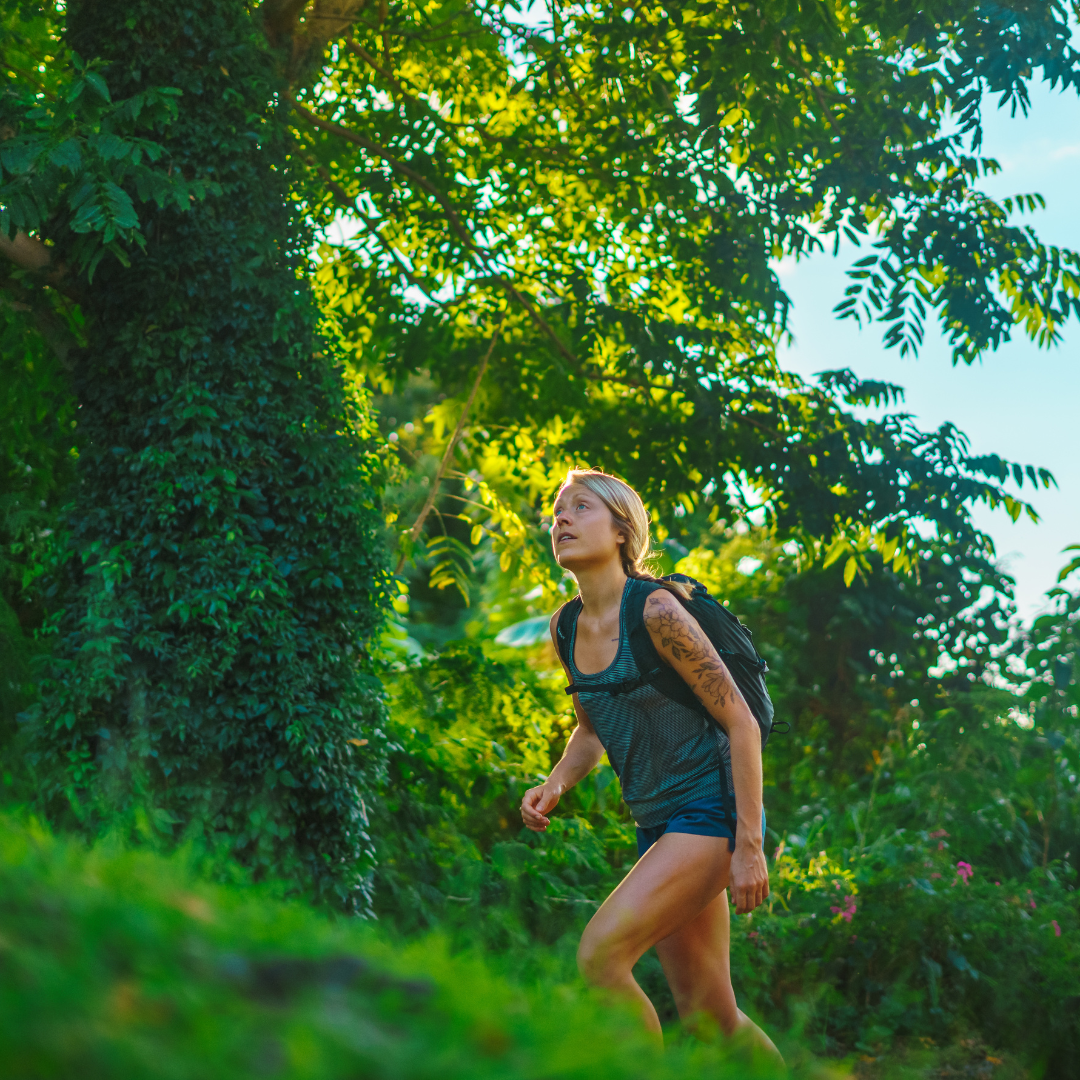 Encourage mindfulness through guided practices that capitalize on the serenity of the chosen location. Morning meditations with the sunrise, silent walks through nature trails, or journaling sessions by a reflective pond can facilitate a deeper connection with oneself and others. Mindful practices in nature become powerful tools for cultivating love, compassion, and gratitude.
Encourage mindfulness through guided practices that capitalize on the serenity of the chosen location. Morning meditations with the sunrise, silent walks through nature trails, or journaling sessions by a reflective pond can facilitate a deeper connection with oneself and others. Mindful practices in nature become powerful tools for cultivating love, compassion, and gratitude.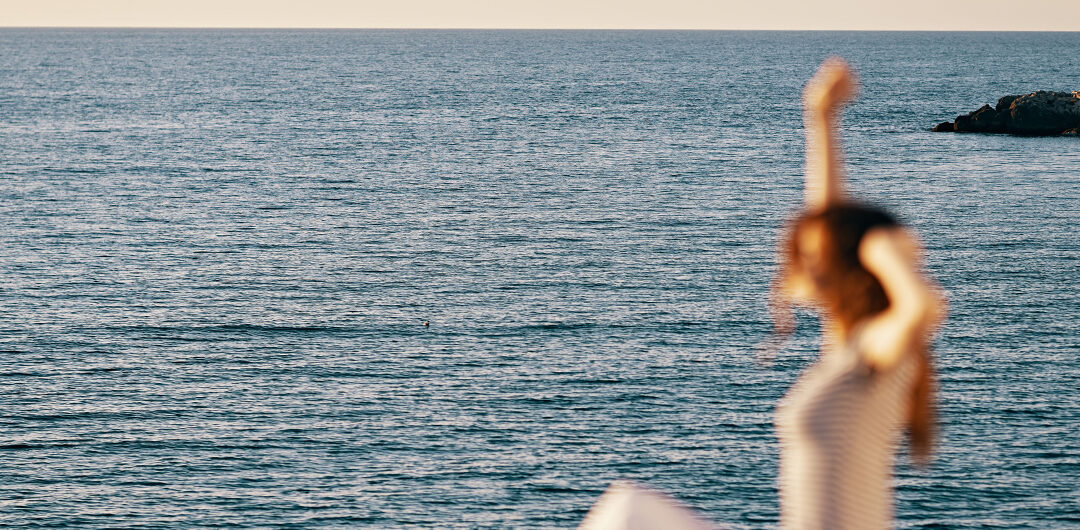
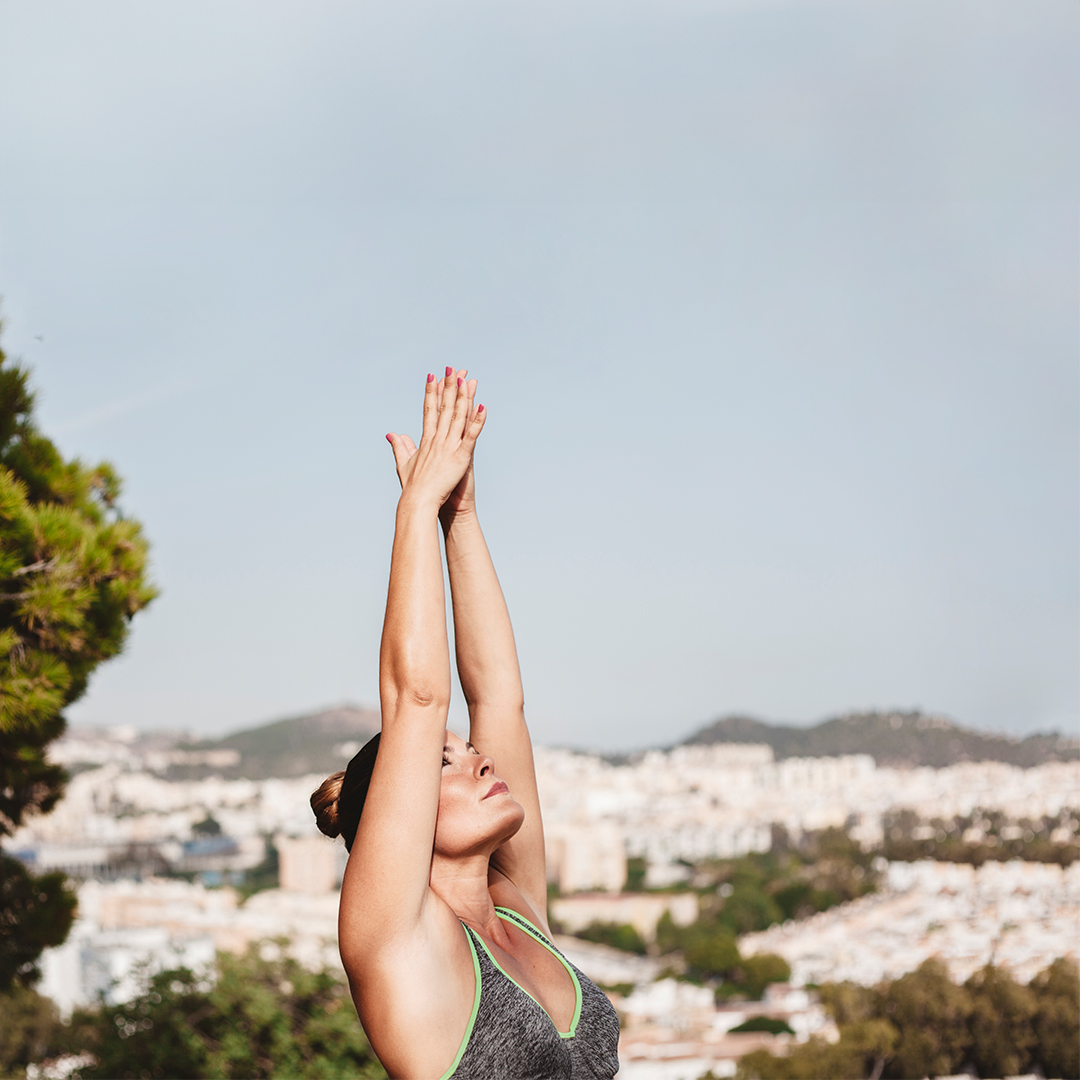
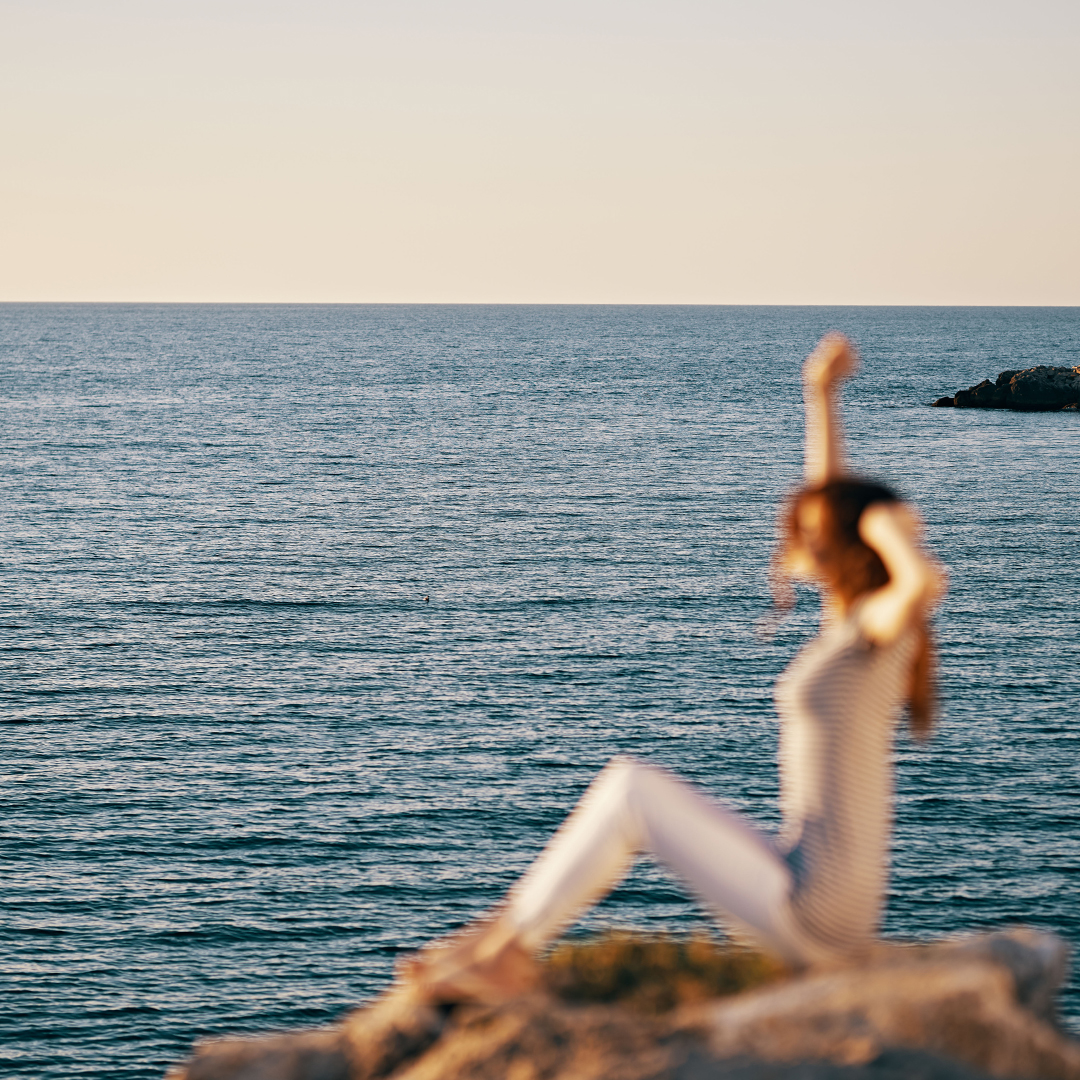 Perhaps, the thing I love most about retreats is the opportunity to immerse myself in other cultures and experience local food and traditions. For me, this fosters a sense of global kinship. Plus, I’m able to connect with the other people on the retreat.
Perhaps, the thing I love most about retreats is the opportunity to immerse myself in other cultures and experience local food and traditions. For me, this fosters a sense of global kinship. Plus, I’m able to connect with the other people on the retreat.
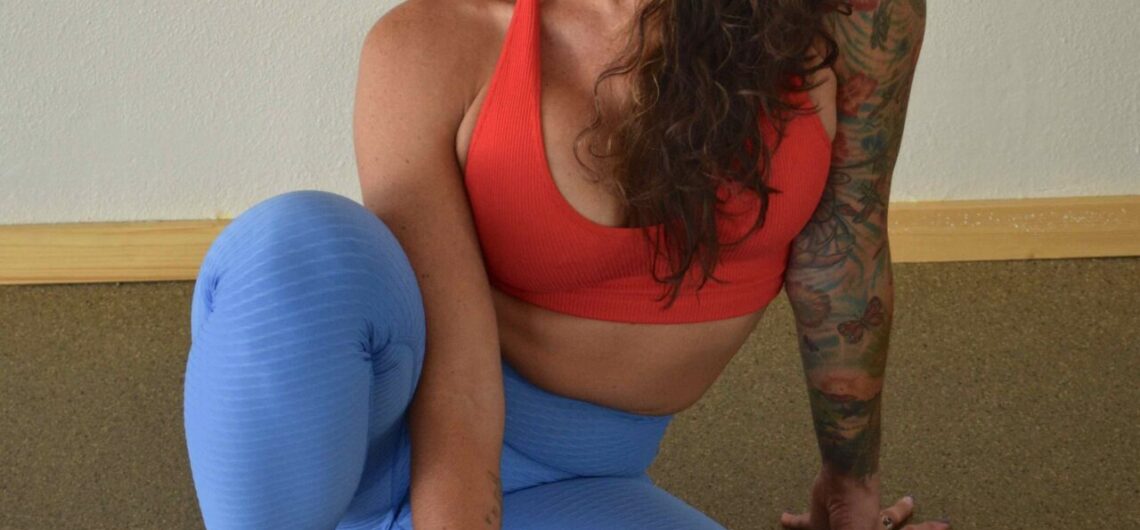
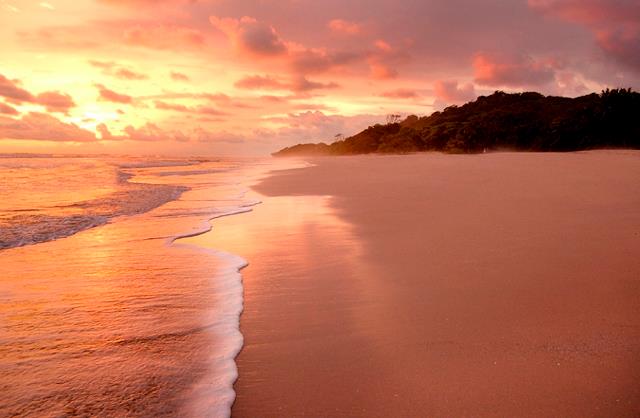
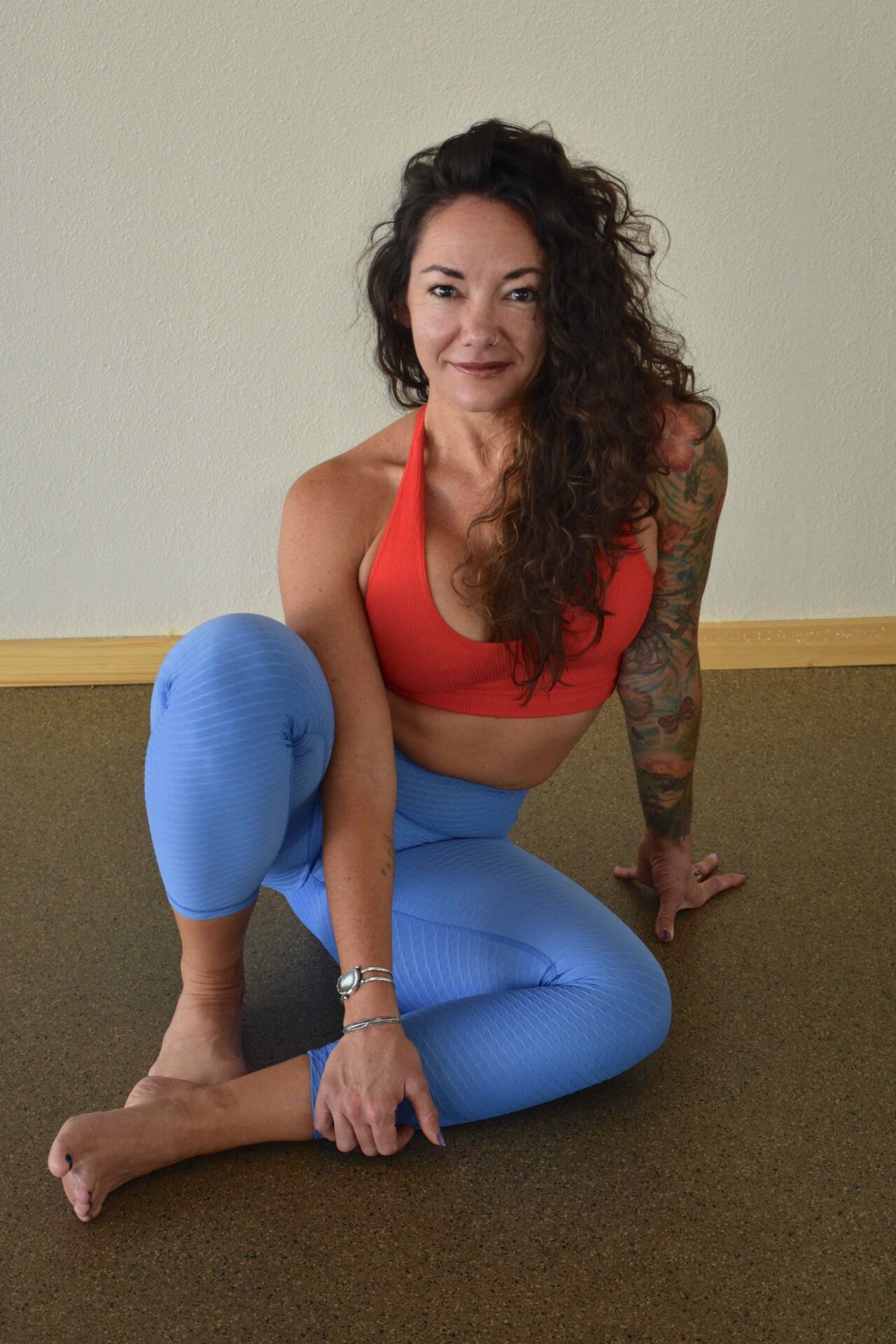 Embark on a journey of self-discovery and holistic well-being with Allisun, a dedicated yoga practitioner and experienced retreat leader. Since 1999, Allisun has been weaving together the art of yoga, spirituality, and the transformative power of Integral Hypnotherapy.
Embark on a journey of self-discovery and holistic well-being with Allisun, a dedicated yoga practitioner and experienced retreat leader. Since 1999, Allisun has been weaving together the art of yoga, spirituality, and the transformative power of Integral Hypnotherapy.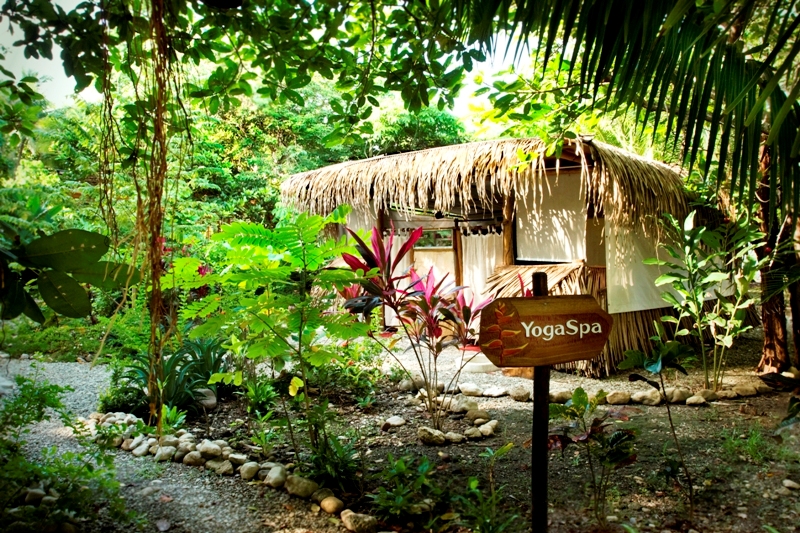
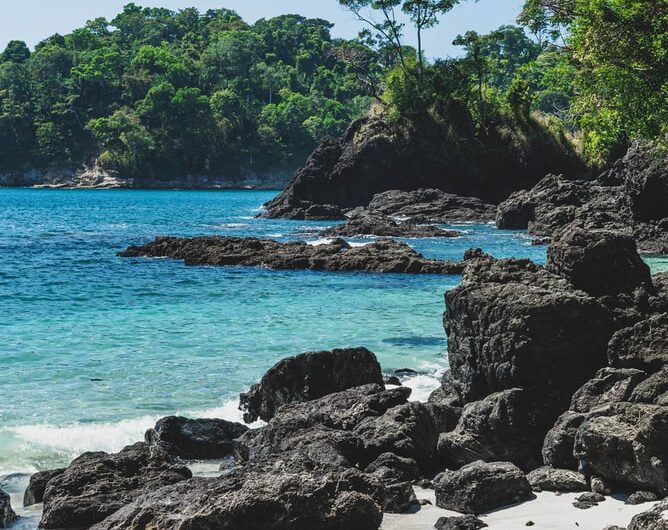
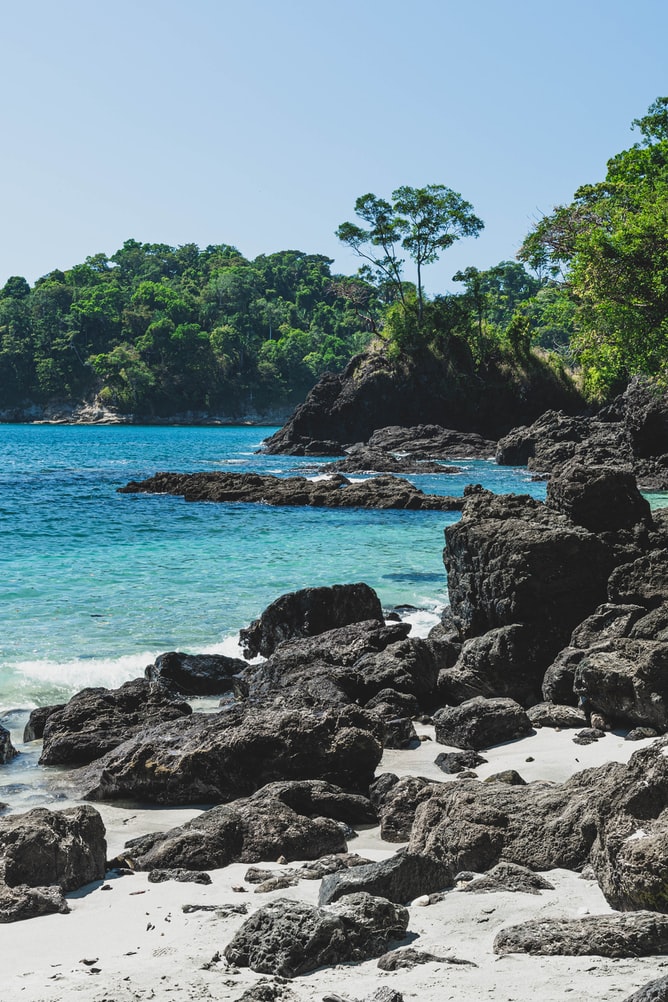 Author and researcher Dan Buettner wrote the Blue Zones over fifteen years ago after his curiosity was sparked to discover why certain areas of the world had people not only living to 100 and beyond but thriving. You may have seen his four part special recently released on Netflix.
Author and researcher Dan Buettner wrote the Blue Zones over fifteen years ago after his curiosity was sparked to discover why certain areas of the world had people not only living to 100 and beyond but thriving. You may have seen his four part special recently released on Netflix.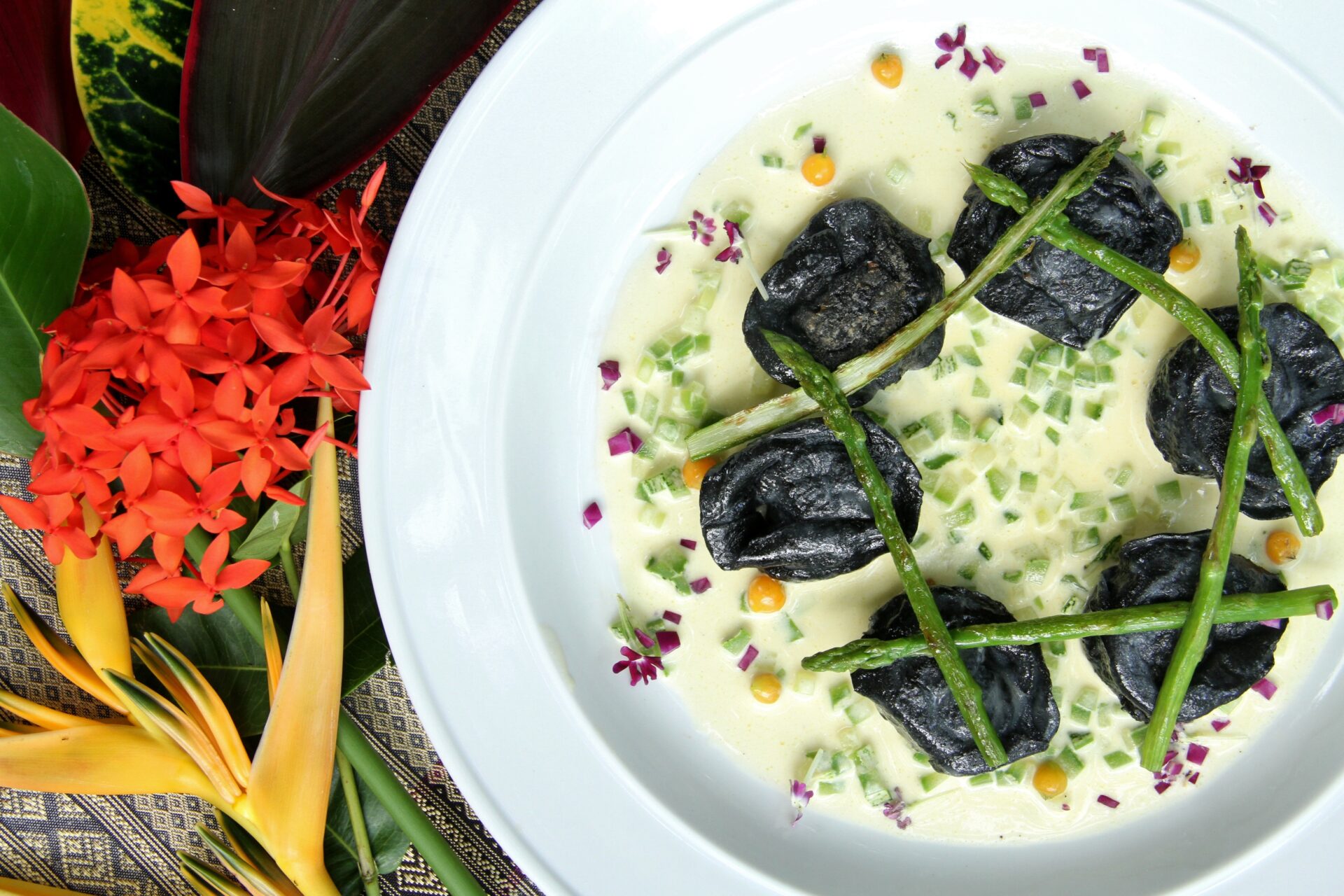 While these may sound simple and accessible, it is opposite of our societal norms and pace. And you may still be questioning, what does this have to do with yoga?
While these may sound simple and accessible, it is opposite of our societal norms and pace. And you may still be questioning, what does this have to do with yoga?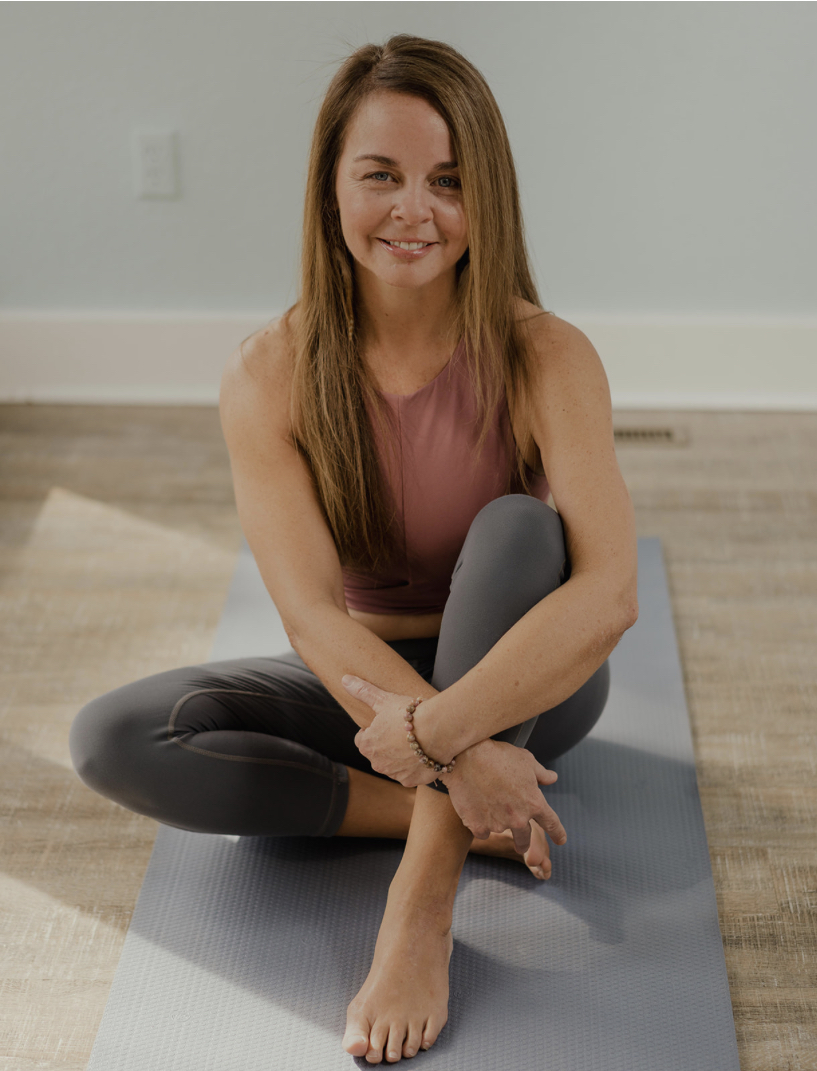

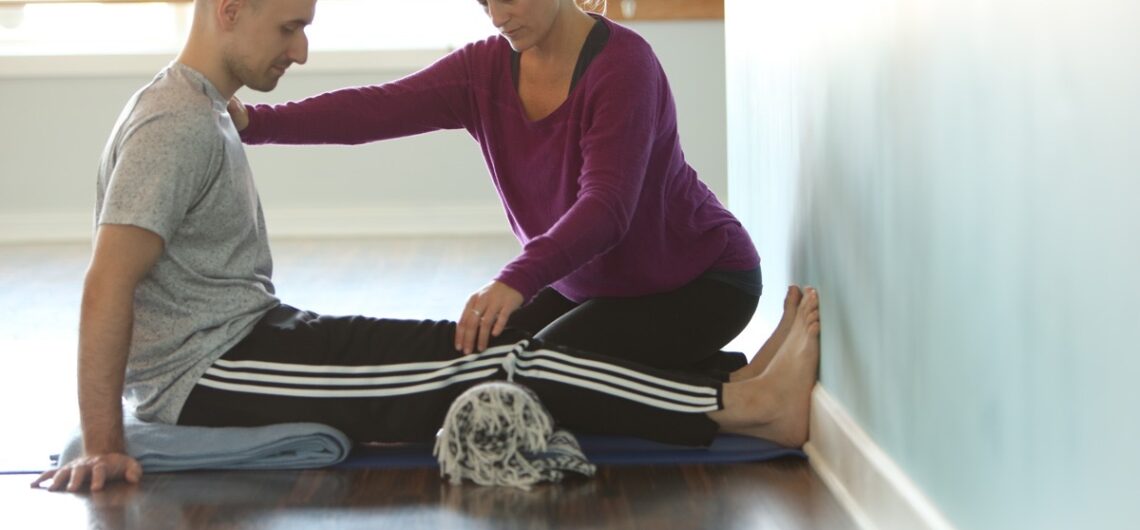
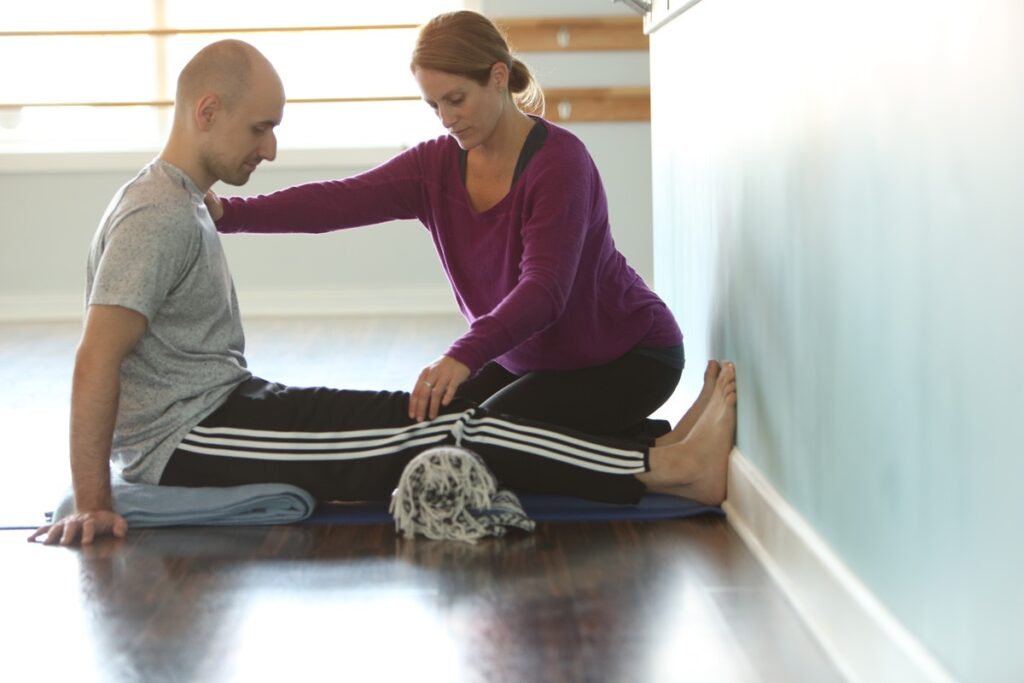
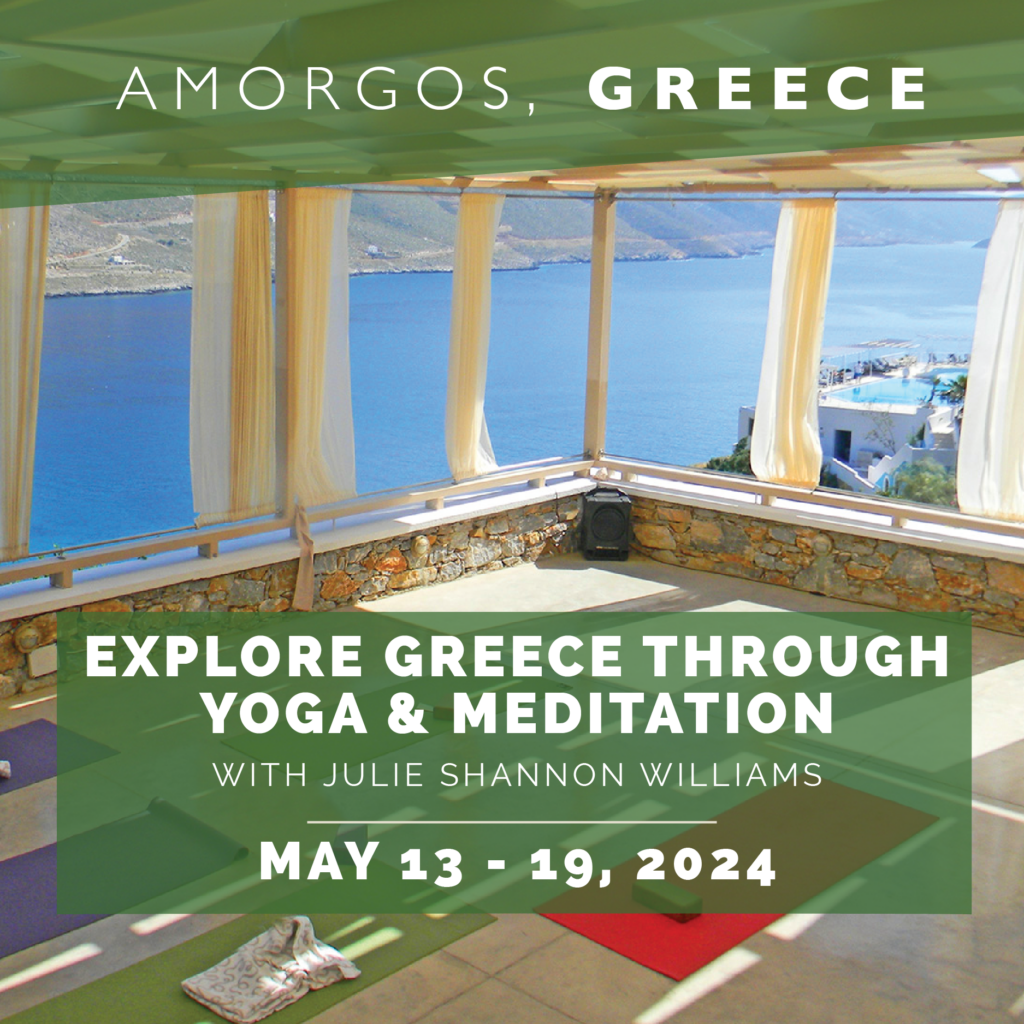
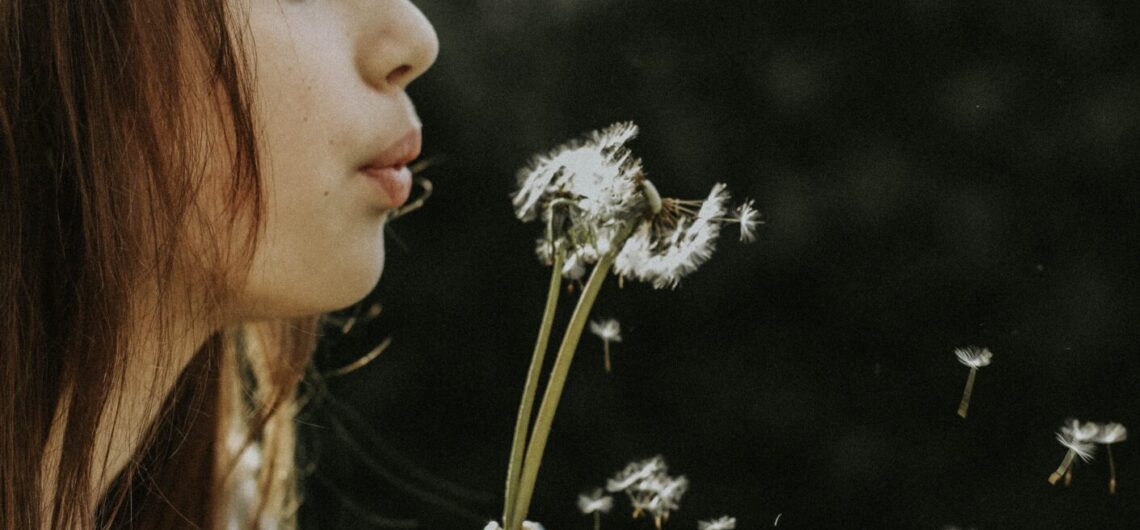
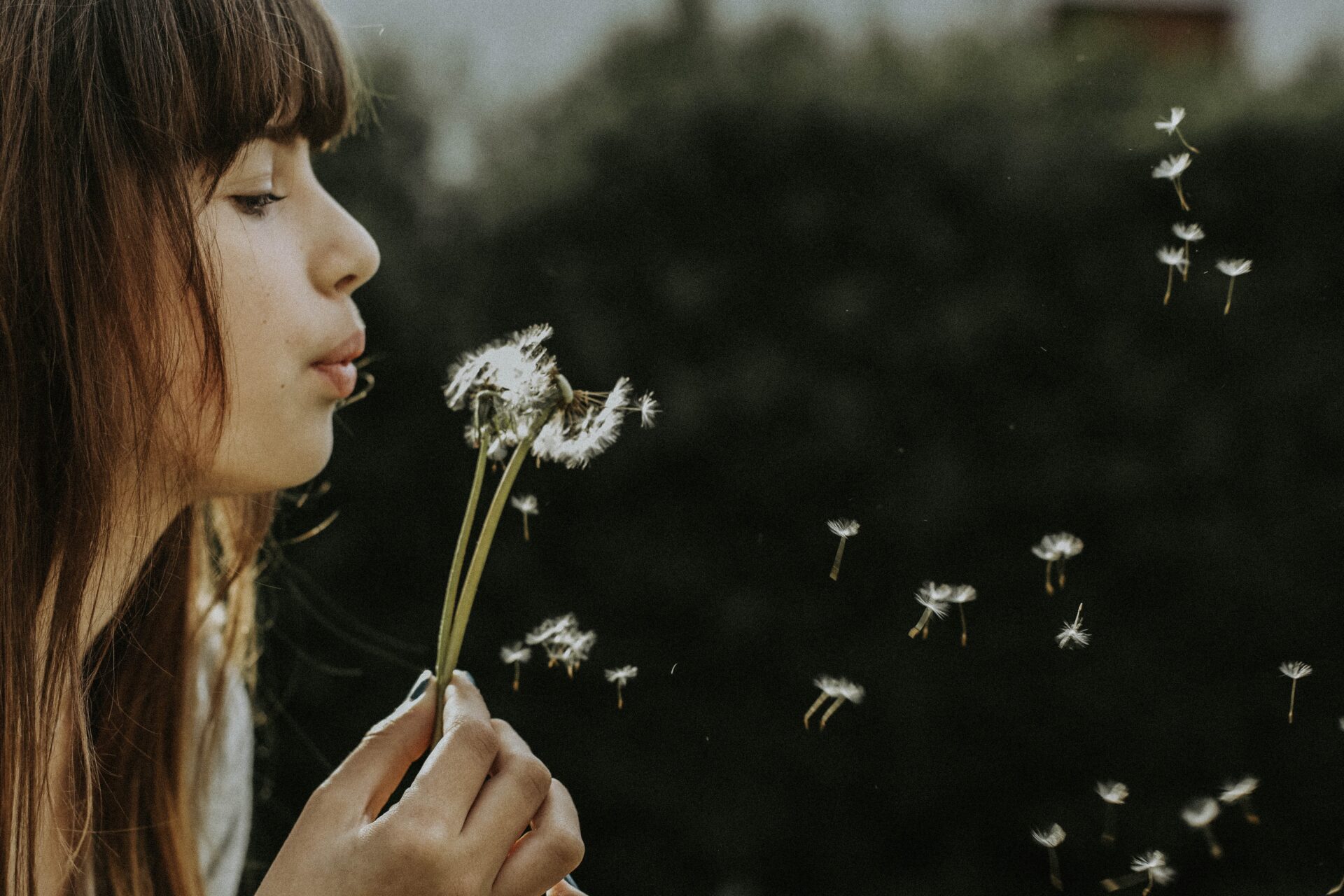 Did you know that one of the most important relationships a woman has in life is with herself? And that the breath is one of our most powerful tools for learning about ourselves and creating positive changes?
Did you know that one of the most important relationships a woman has in life is with herself? And that the breath is one of our most powerful tools for learning about ourselves and creating positive changes?